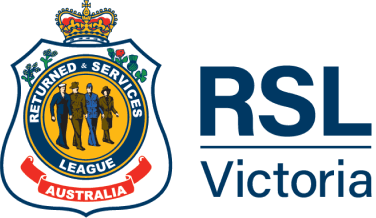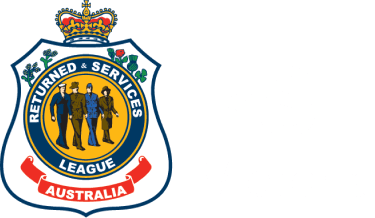Photography: Alexander Shore
Just five years after World War Two, personnel from the Royal Australian Navy, Royal Australian Air Force and the Australian Regular Army were committed to what would become known as the ‘Forgotten War’.
One of them was Royal Australian Navy veteran, 93-year-old Arthur Roach.
As we mark the 70th Anniversary of the end of the Korean War, we bring you his story.
“On the 31st July 1950, I actually entered HMAS Cerberus and started my effort in the Navy. At that time, Korea wasn’t mentioned.”
Just months later, 20-year-old Arthur transferred to aircraft carrier HMAS Sydney.
“The next thing I knew, we were being sent to Korea. I was just on the ship and it went!”
HMAS Sydney departed Australia on 31st August 1951.
“There was a crew of 1400, so it was just a matter of going along with the rest of them.”
Arthur was part of what was commonly known as The Petrol Party.
“I had to fuel and defuel planes, because when the planes came back and had to go down into the hangar, you had to take all the fuel out of them in case of a fire.”
Arthur said he tries to remember the good and forget the bad. But it seems he was mostly unperturbed by many of his experiences, with little concern over the precariousness of any situation.
He remembers HMAS Sydney surrounded by other international naval vessels, including destroyers and frigates.
"We were at action stations and everything had to be blacked out at night. But it was just routine stuff, which we had been trained for. We weren’t doing anything more there than what we had done anywhere else. It was a matter of being prepared. I don’t think I was scared; we were pretty well prepared for anything that would’ve happened."
Arthur Roach
Despite his bravery, the reality is that all these decades later, Arthur understandably still lives with heaviness in his heart.
“We had pilots killed and if their bodies were found, we buried them at sea. The body was wrapped in a shroud, a few words said and over the side they went.”
Arthur knew some of the casualties, which included pilots who had served in WW2.
“One of the things that keeps coming back to me is thinking of the people at home, relatives of that pilot, getting that telegram with the news.”
It was coming into winter when HMAS Sydney arrived in Korea. The crew, maybe slightly underprepared, had to face the elements, including sub-zero temperatures.
“We had a lot of work on the upper deck, out in the open most of the time. We had to be issued with winter woollies, I suppose you’d call it, because there was so much ice about. At times, when there was ice and snow, we couldn’t fly off any planes from the flight deck. People would be walking around the flight deck with chipping hammers smacking the ice. The planes would actually freeze up, the oil would have to be drained and refuelled again.”
On 25th January 1952, Sydney left Korean waters, arriving in Western Australia on 22nd February, before making her way to Sydney via Melbourne and Jervis Bay.
To Arthur, HMAS Sydney’s homecoming into Melbourne was underwhelming.
"That’s when we started to realise it was the ‘Forgotten War’."
Arthur Roach
He went on to read: “HMAS Sydney, Australia’s only aircraft carrier arrived in Melbourne today from Korea and the only official welcome was a brief speech on the flightdeck…”
Finally reunited with the love he left behind, Arthur married Mary the following year and the couple went on to have three children.
“I wouldn’t have survived without her,” he said of his Mary.
Arthur continued to serve until 30th July 1956, when he discharged and found work as a rigger.
In the meantime, after three years, one month and two days, the war suddenly ended. The guns fell silent at 10pm on the 27th July 1953.
Over 17,000 Australians served in the Korean War, of which 340 were killed, over a thousand wounded and 29 taken prisoner of war.
"I think about mates I had. I had a core group of seven or eight that I was cobbers with, and our friendships carried on. They’ve all gone to heaven…"
Arthur Roach
Arthur and Mary, who are now great-great grandparents, have lived in Geelong in Melbourne’s southwest since 1953.
The pair visited South Korea in 2005 and hopes another is on the cards soon.
“It was a visit with the help of the South Korean government. We had a look around to see what they’ve done and how it’s all changed. It’s amazing to think there was nothing much left there and they’ve really recovered.”
As his way of keeping memories and mateship alive, Arthur is a proud member of the Geelong RSL Sub-Branch.
“Us Korean veterans meet there, well, the handful left, we meet there, I was just there actually having lunch! It’s very social and a good meeting place.”
He has spent his life involved in the Korea Veterans Association of Australia. He was also instrumental in establishing a Korean War Memorial in Geelong – a dedicated space to unite and remember a war that should never be forgotten.

